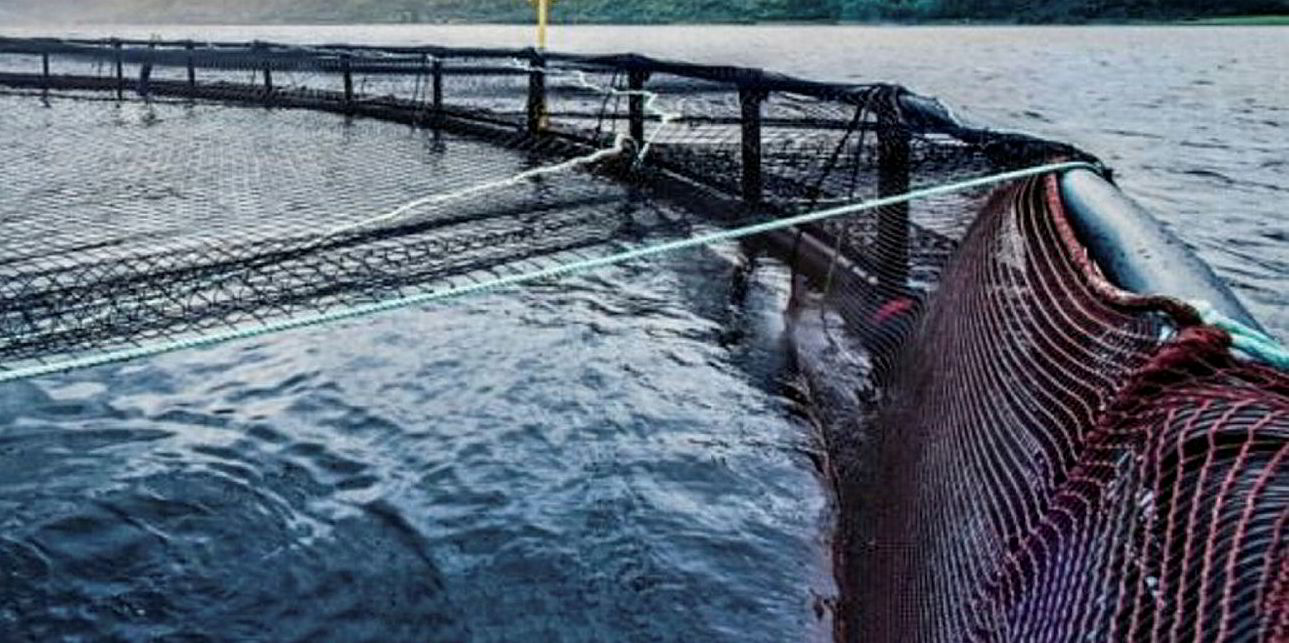Salmon producer Grieg Seafood saw earnings fall in the second quarter of 2019 driven by a lower average spot price and increased farming costs at its Shetland and BC sites.
Earnings before interest, tax, demortization and amortization fell 16 percent to NOK 48.6 million (€4.9 million/$5.4 million), with a 3 percent fall in revenues to NOK 2.3 billion (€230 million/$255.3 million) contributing to the decrease.
While some of the downturn was attributed to the adoption of new reporting standards, algal bloom and sea lice challenges, particularly at the company's British Columbia and Shetland sites also created challenges.
These increased farming costs drove Grieg's EBIT per kilo down by 22 percent to NOK 14.17 (€1.40/$1.60), but the company said these costs would stabilize in the third quarter.
"Grieg Seafood continued to experience strong growth and biological improvements in Rogaland and Finnmark during the second quarter," said CEO Andreas Kvame.
"While we still have some challenges related to gill disease and algae in Shetland, the biological condition is improving. We continue to work systematically to increase our smolt robustness in Shetland, and survival on smolt stocked to sea so far this year is increasing.
"In BC, challenges related to algae, plankton and low oxygen levels have impacted production negatively during the quarter. This shows the importance of monitoring and use of aeration system to minimize impact."
The company is targeting harvest volume of 82,000 metric tons in 2019, a 10 percent increase on 2018, and remains confident in 2020 production and cost target.


